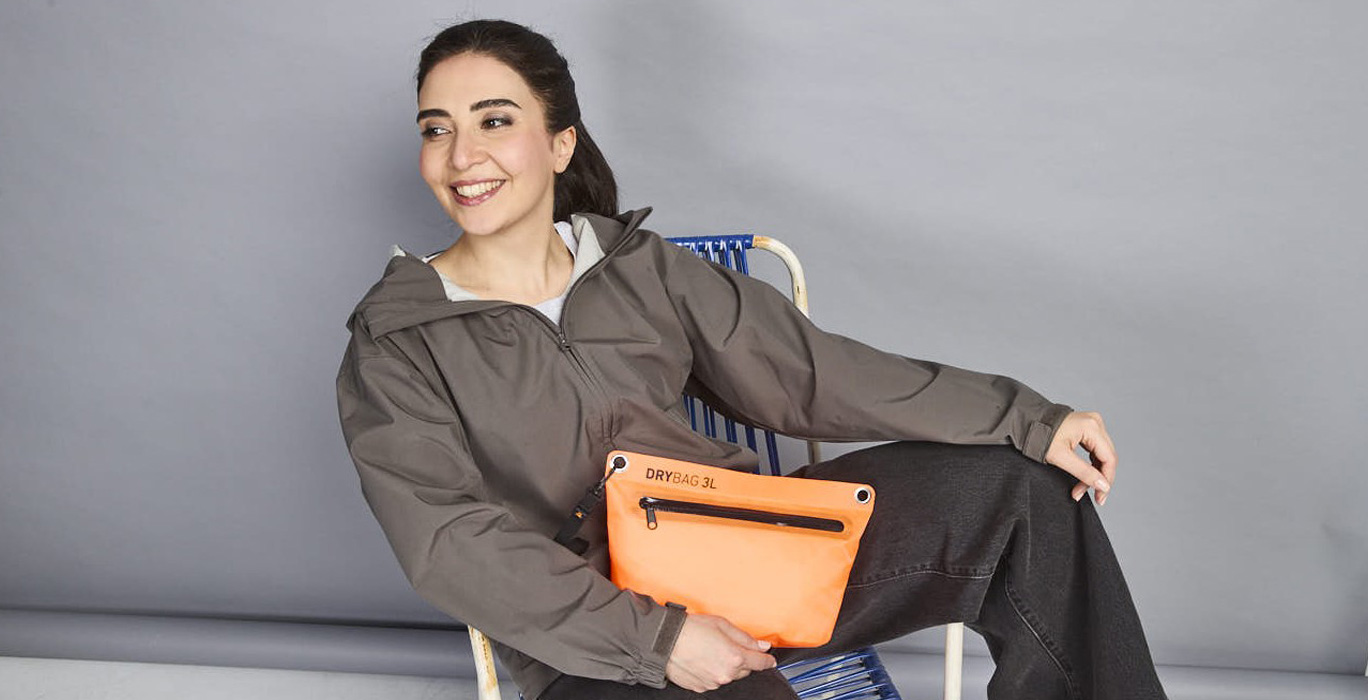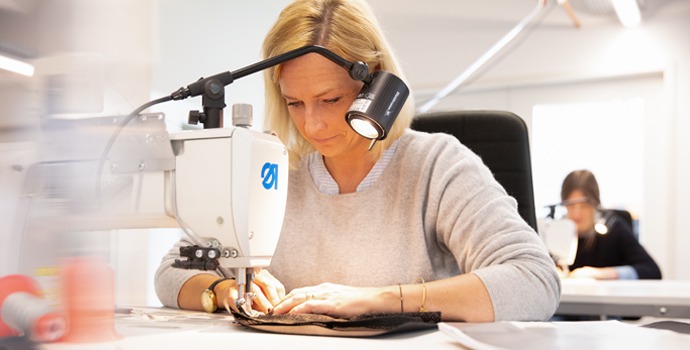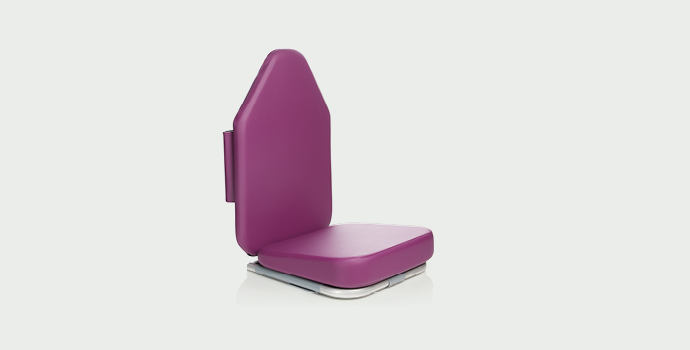1. Neon as a statement of vibrancy and individuality
Neon was discovered back in 1898 by chemists Sir William Ramsay and Morris William Travers. A new type of gas, they derived the name "neon" from the Greek word for "neos" (=new). A few years later (1910), the French engineer, inventor and entrepreneur Georges Claude develops lamps that light up with neon gas, the so-called neon tubes. As a result of this development, the first neon signs were used in advertising.
In the 1960s, the well-known American artist Andy Warhol began working with screen printing. This resulted in the famous pop art portrait of Marilyn Monroe, in which the bright colours play a special role and provide a counterpoint to the prevailing art movement of the time, abstract expressionism. In the following years, the famous colourful billboards and pictures on household goods were created.In the 80s, neon made its triumphant entry into the fashion world. Here, too, it forms a contrast to the well-known subcultures. At the same time, the bright colours stand for joie de vivre and sportiness. A decade later, the party world is lit up by so-called glow sticks. The neon-lit glow sticks are still popular at parties and events today.
In 2012, the colours are reinterpreted in fashion and interior design. The bright colours stand for high energy and vibrancy and make home accessories and items of clothing an unmissable statement. Even in 2017, after a phase of more minimalist looks, neon is back. Wherever a statement is needed, wherever sportiness and vibrancy are required, neon is and remains a strong theme.

















